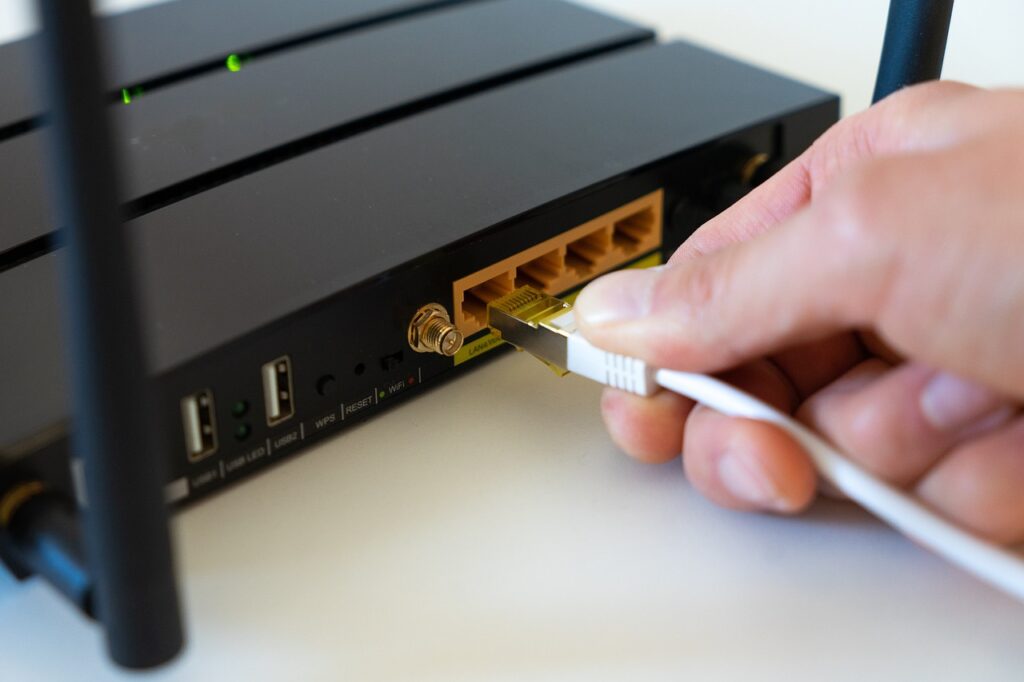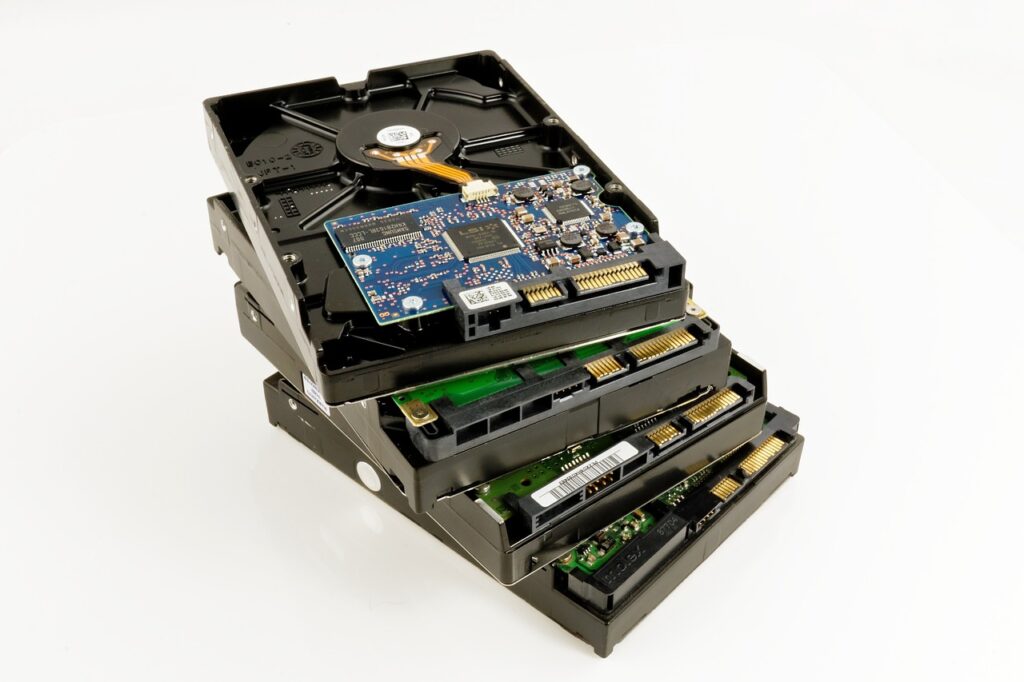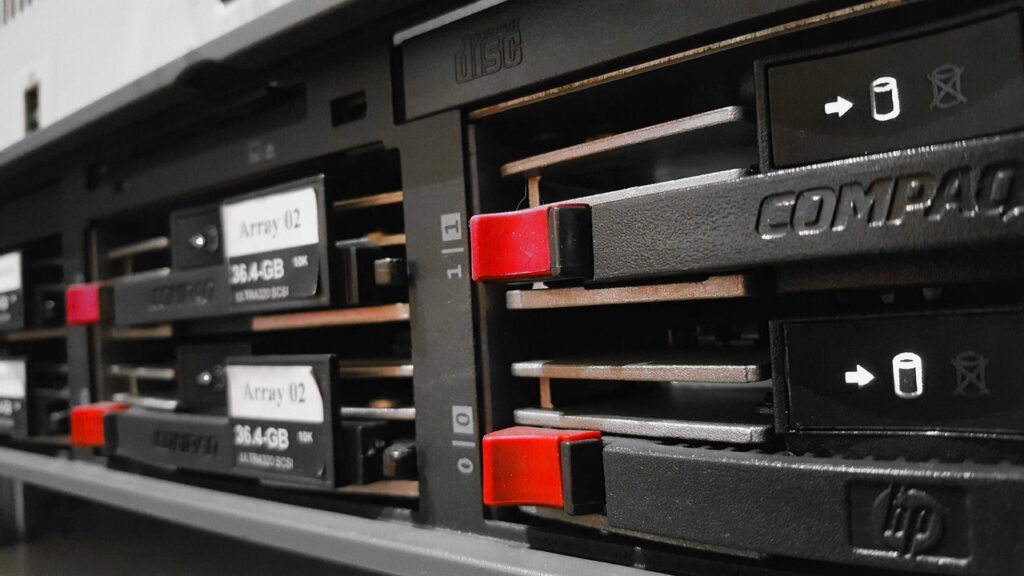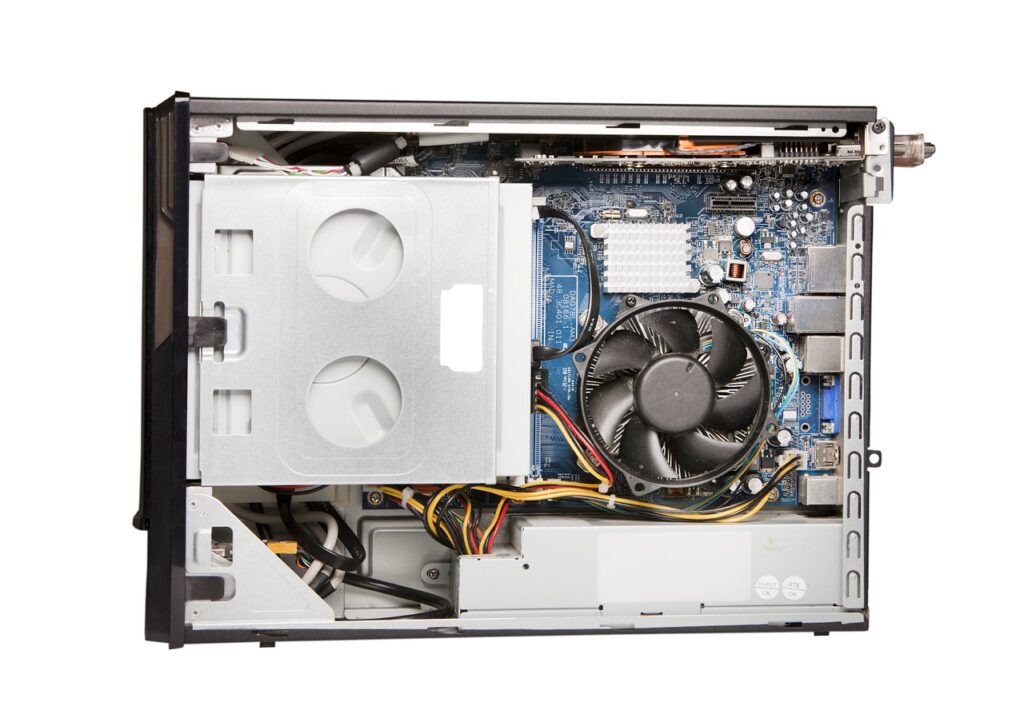No PC gamer would ever want to dispose of their gaming computer. A lot of love and enthusiasm goes into making a gaming PC. However, as computers get old and clunky, many overlook the various uses that this old yet powerful computing machine can provide us. One such great application is employing an old gaming PC as a Network-Attached Storage (NAS for short).
But what is this NAS? How would it help me as a gamer? Is it worth investing my time and money in repurposing an old machine? These are all the questions that might be popping into your mind now. So let’s break them down bit by bit.
Contents
What is a Network-Attached Storage (NAS)?
Simply put, a NAS device is a centralized, standalone storage device that allows you to share, view and modify your files over a network (yes, this also includes your wifi).
Still confused? Think of it like a big locker that everyone in your school can use to store their things. Instead of carrying all your textbooks, notebooks, and pencils with you all the time, you can put them in the locker and access them whenever you need them, as long as you have the key to the safe. Similarly, with a NAS device, you can store all your crucial files and data in one central location, and access them from any device connected to the same network, as long as you have the rights and permissions.

Now that you know what a NAS device is, let’s examine if you need one.
Do You Need a NAS Device?
If you don’t have the need to store your gaming-related data locally on your PC, then you should avoid a NAS device. You likely enjoy playing offline games, and you do gaming occasionally. But for most gamers and even professionals from other fields, a NAS device is more beneficial than being a liability. Let’s consider some cases.
Most gaming-relevant content creators manage multiple GBs of video and audio data on their PCs. Imagine a game streamer who has to save thousands of GBs of content on multiple hard drives. How impractical would it be for him to search for a given video from one of his hard drives! First, he has to remember the hard drive where he stored the video. Once he does, he has to reset his gaming PC and attach that specific Hard Disk Drive (HDD). Imagine having to do this multiple times a day!
A similar situation can also be faced by engineers, freelancers, and various types of content creators. This is where a NAS comes to help. With the help of a NAS, you get instant and simultaneous access to your years-old data and protection from data loss, even when against natural disasters. The reason why a NAS is such a robust system of data storage is because of data redundancy. All in all, setting up a NAS is likely beneficial for you.
But, Can I Turn My Old Gaming PC Into a NAS?
Short answer, YES, you can turn your old gaming PC into a NAS. However, you will need at least two HDDs to enable data redundancy on your old gaming system. Remember that the more drives you have, the more secure (or redundant) your data becomes.
Now you might be wondering that dang man! I still need to invest some money into my old clunky machine to make some use of it. The answer to this would be: you don’t need to spend a few dollars to buy a new HDD or a Solid State Drive (SSD) if all you want is centralized and accessible storage for your data. A NAS device can also operate with a single storage device.
But imagine if you lose or break your single SSD/HDD somehow. Then guess what? You lose all of your precious data in one fell swoop! No use in having a NAS, right? So, it’s always advised to have at least two storage devices installed on your old gaming PC to convert it into an all-powerful NAS. This way, you get data redundancy and a well-managed backup for your data in case of a mishap or accident.

Are There Ready-Made NAS Devices Out There?
Yes indeed! There are pre-built home-purpose NAS devices already available in the market. Moreover, there are multiple companies to choose from. But if you already have an old gaming PC, we would recommend against buying one. The reason is that the most inexpensive yet branded NAS devices can cost you at least $200. Why not get some HDDs/SSDs from those hundreds of dollars and repurpose your old machine?

Furthermore, you have more options for upgrades when you’re using a PC as a NAS device. Apart from adding multiple drives, the PC allows you to add a new GPU for better video processing. You may also add a new network card for faster bandwidth over your wifi connection. Is your PC-turned-NAS getting hot due to the higher amount of processing? Just get a new and better fan-based or water-based cooling system for it. All in all, the options for upgrades are more flexible. And as it’s common knowledge in the PC world, with more upgrades comes more power.
What Do I Need To Do To Convert My Old Gaming PC Into NAS?
Given that you have an old gaming PC running at least a 4th generation Intel CPU or the Ryzen equivalent, as well as two HDDs/SSDs (SSDs are preferred due to speed). Since you, All that’s left is to install the correct Operating System (OS), and you’re good to go.
One important thing to note is that the OS will act as the middleman between you (the user) and the NAS drives. So, if you’re going with just two storage drives for your NAS system, then one of those drives must store the OS. This means that you still don’t have access to the total storage capacity of both storage media as one of them has the OS. To overcome this issue, you may choose a small capacity 128GB SSD. Moreover, some really robust OSes are also there that would fit inside a flash drive (More on that below).
Now, when setting up a NAS server, as far as the OSes go, there are many options. You can definitely go with the good old Windows OS. In fact, using the Windows OS saves you a lot of complexity. However, windows OS might not be the best choice, especially in terms of robustness and performance. Moreover, it definitely can’t run on a flash drive, demanding more expenses from you.
Fortunately, there are some lightweight and robust OSes available. Some popular ones include:
- TrueNAS: formally FreeNAS, they actually have two free NAS OSes.
- OpenMediaVault: a Debian-based Linux OS, specifically for NAS purposes.
- Unraid: the most robust NAS solution, that comes with Docker containers for the most widely used NAS applications like PLEX. However, it has a one-time payment, which is a big no-no for many.
- Note that most OSes mentioned above can be housed within a fast flash drive.
Choosing the right OS for your NAS device deserves a separate article. So, we will continue our discussion with the steps you would be taking. Once you have your devices ready, including the drive storing the OS, The following steps are what you’re likely to go through.
- Other than windows, irrespective of the OS you have, you’ll get an IP address and credentials (username and password) for your NAS device dashboard, at the time of installing the OS on your drive.
- Type in the IP address on any internet browser to access login page of your NAS OS provider.
- Login with the credentials you got during the setting up of your NAS OS.
Once inside the dashboard, you can set the configuration of your hard drives, change the user authorities for specific drives and many more.
Conclusion
In conclusion, turning your gaming PC into a Network Attached Storage (NAS) is a great way to repurpose an old computer and create a centralized storage system for your home network. With the right hardware and software, you can easily set up a NAS that can store and share files, stream media, and backup important data. By doing so, you can save money on buying a dedicated NAS device and have more control over your storage solution. With some technical knowledge and a bit of patience, you can transform your gaming PC into a powerful and efficient NAS that meets your storage needs.
Did you enjoy reading this post? Why not checkout some interesting stuff thar we write by clicking here.

